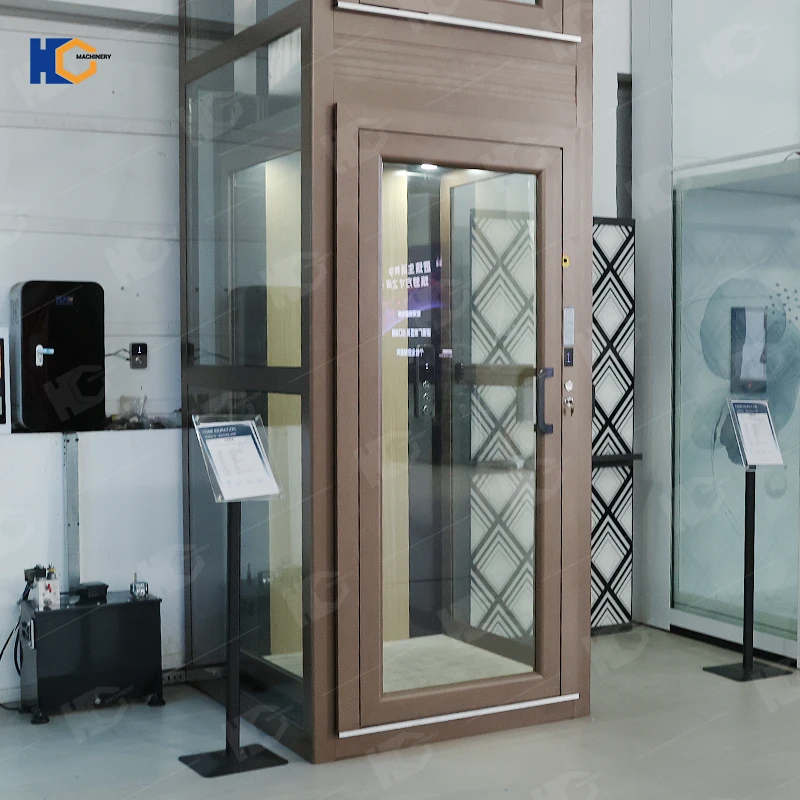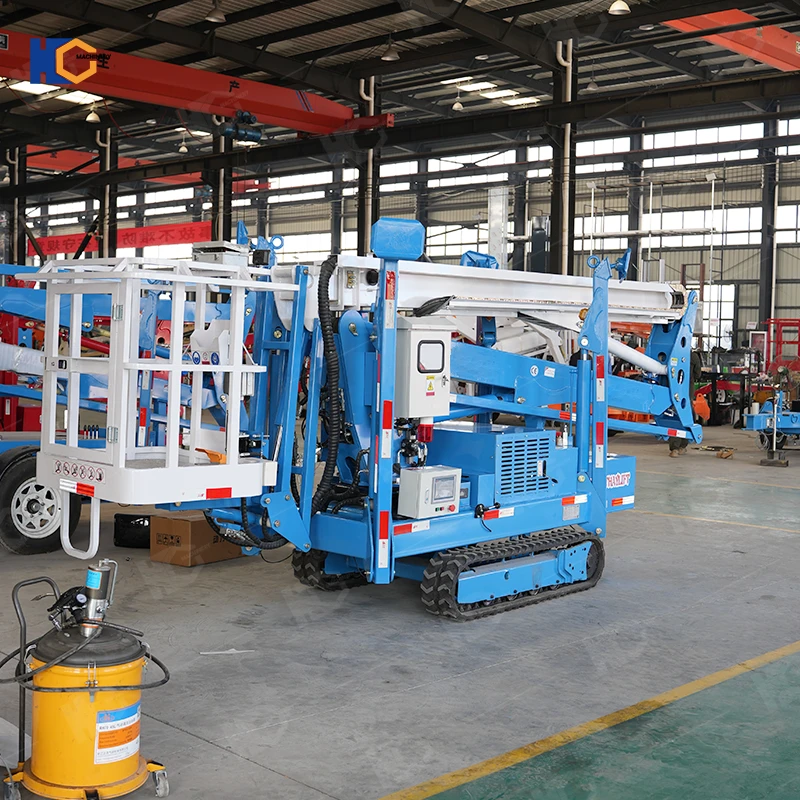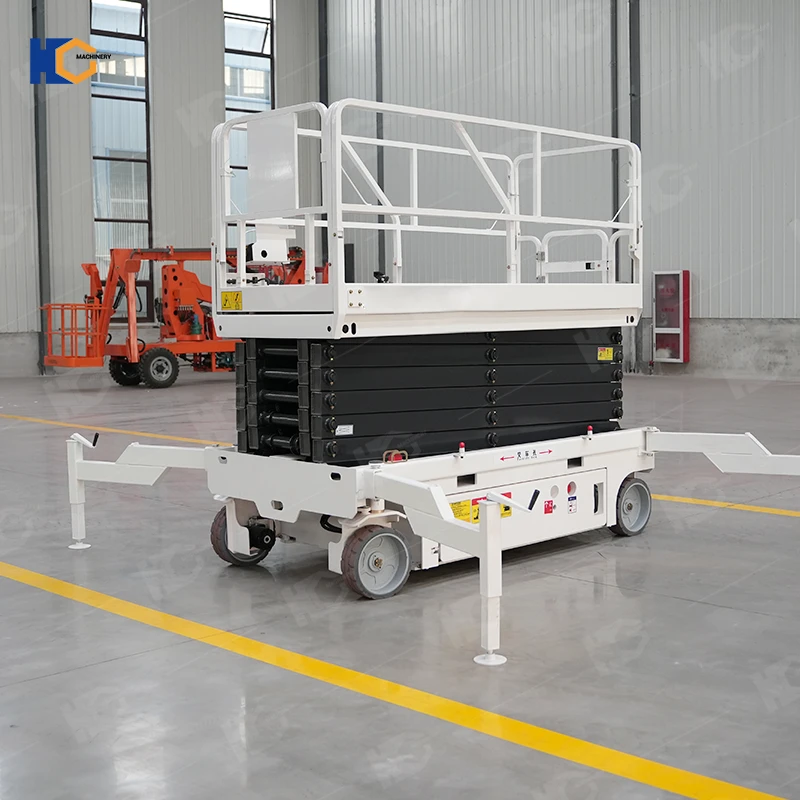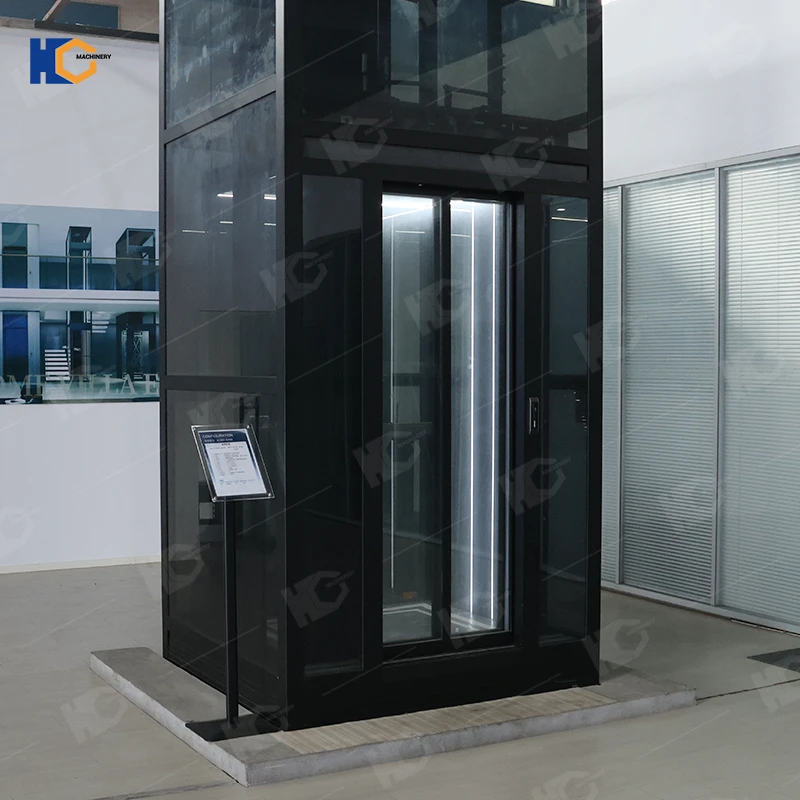Hydraulic elevators are one of the most reliable, quiet, and cost-effective elevator systems in use today — from small home lifts to mid-rise commercial buildings.
If you’ve ever wondered how a hydraulic elevator works, what makes it different from traction elevators, and whether it’s the right choice for your building, this article breaks it down in simple terms.
We’ll cover everything — the working principle, main components, advantages, and tips for choosing a hydraulic elevator that fits your needs.
What Is a Hydraulic Elevator?
A hydraulic elevator uses fluid pressure to lift and lower the elevator car.
Instead of using steel ropes and counterweights like traction elevators, it relies on a hydraulic piston (a steel cylinder) powered by an electric motor and pump system.
This design makes it ideal for:
Low- to mid-rise buildings (typically 2–6 floors)
Homes, offices, hotels, and shopping centers
Projects that require smooth and quiet operation
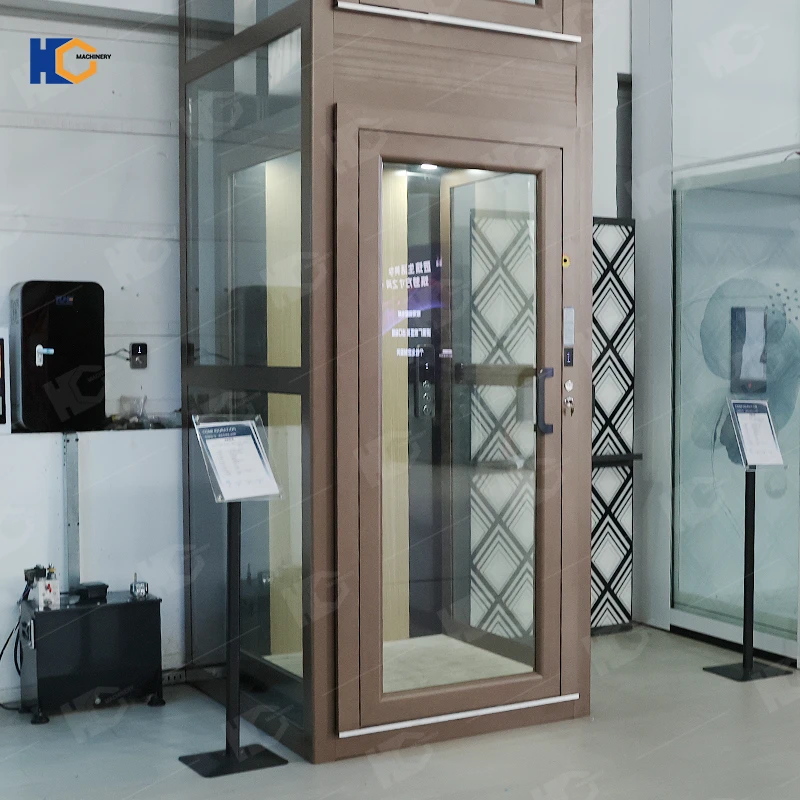
The Working Principle of a Hydraulic Elevator
Let’s simplify how it works:
The motor powers a pump, which pushes hydraulic oil (fluid) from a tank into a cylinder.
Inside the cylinder, a piston (ram) moves upward as oil pressure builds up.
The elevator car — which is attached to the top of this piston — rises smoothly.
When it’s time to go down, a valve opens, allowing the oil to flow back to the tank, and gravity helps the car descend gently.
That’s the basic idea: fluid pressure lifts the car up, gravity brings it down.
Main Components of a Hydraulic Elevator System
To understand it better, here are the major parts that make up a hydraulic elevator:
1. Pump Unit
This includes the electric motor, pump, and valve block.
It’s usually located in a machine room near the elevator shaft or in a cabinet for compact home models.
The pump moves hydraulic fluid into the cylinder.
The valve controls oil flow and direction (up, down, or stop).
The motor powers the whole system.
2. Cylinder (Jack)
A large steel tube buried partly below the ground, which holds the piston.
When hydraulic fluid enters the cylinder, it pushes the piston upward — and that lifts the elevator car.
3. Piston (Ram)
The moving rod inside the cylinder that physically pushes the elevator up.
It must be smooth and strong to handle the car’s weight and provide stability.
4. Hydraulic Fluid (Oil)
Acts as the medium of power transmission.
High-pressure oil flows between the tank and cylinder to move the elevator.
5. Tank (Reservoir)
Stores the hydraulic oil when the elevator is at rest or descending.
6. Control System
The brain of the elevator — it tells the pump when to start, stop, and release pressure, ensuring smooth and safe movement.
7. Car & Guide Rails
The elevator cabin rides along guide rails inside the shaft to maintain stability and prevent swinging or tilting.
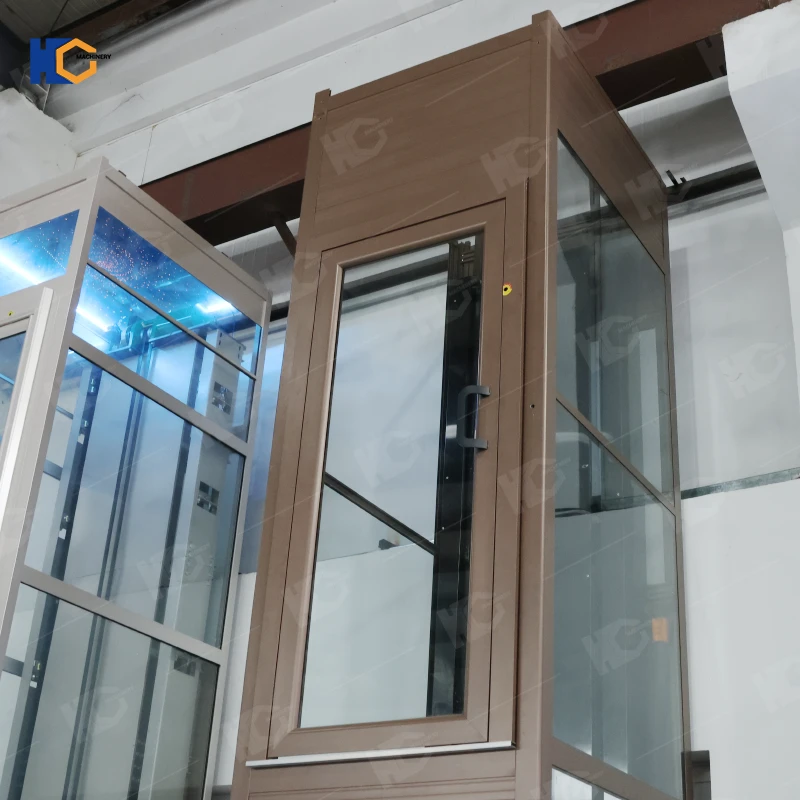
Types of Hydraulic Elevators
There are three main types of hydraulic elevators, each designed for different installation conditions:
1. Conventional (Holed) Hydraulic Elevator
The piston extends below the ground in a drilled hole (the cylinder pit).
Suitable for 2–5 floors.
Offers a clean look and stable ride.
Requires more construction work and pit depth.
2. Hole-less Hydraulic Elevator
The piston is mounted beside the car, not underground.
Perfect for existing buildings or retrofit projects with no room for a deep pit.
Typically serves 2–3 floors.
3. Roped Hydraulic Elevator
Uses ropes and a pulley system attached to the piston to extend the travel height.
Suitable for up to 6 floors.
Needs less hydraulic fluid, offering better efficiency.
Advantages of Hydraulic Elevators
Hydraulic elevators have been around for decades, and their popularity continues because they offer real-world benefits.
✅ 1. Smooth and Quiet Operation
The hydraulic system provides gentle acceleration and deceleration, creating a smooth, comfortable ride — ideal for residential use.
✅ 2. Space-Saving Design
No need for an overhead machine room like traction elevators.
All machinery can be placed next to the shaft or even within a small cabinet.
✅ 3. Cost-Effective Installation
Typically cheaper to install than traction elevators.
Simpler structure and fewer parts mean less labor cost.
Excellent choice for low-rise buildings.
✅ 4. High Load Capacity
Hydraulic lifts can carry heavier loads compared to other systems — great for wheelchair lifts, cargo elevators, or car lifts.
✅ 5. Reliable and Safe
In case of a power failure, the system automatically lowers the car to the ground floor using gravity and valve control, ensuring passenger safety.
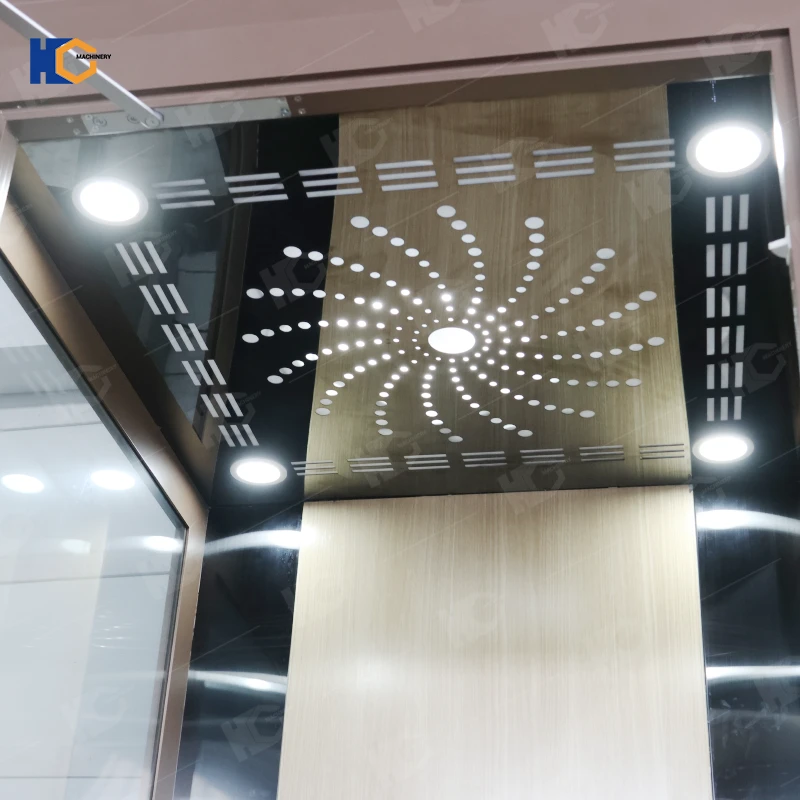
Disadvantages to Consider
Hydraulic elevators aren’t perfect for every situation. Here are some points to keep in mind:
Slower speed than traction elevators (typically 0.5–1 m/s).
Oil leaks or temperature sensitivity may occur if not maintained properly.
Higher energy use during lifting because the motor must push oil under pressure.
Limited travel height — usually up to 6–7 floors max.
Are Hydraulic Elevators Good for Homes?
Absolutely!
Hydraulic home elevators are one of the most popular types of private lifts, especially in villas, duplex homes, and senior-friendly houses.
Benefits for Home Use:
Compact design — no need for an overhead machine room.
Very quiet and stable.
Easy to integrate into new or existing houses.
Affordable compared to traction or vacuum lifts.
Typical home hydraulic elevator size:
Cabin: around 4 ft × 4.5 ft (for 2–4 persons).
Shaft space: 5 ft × 5.5 ft.
Load capacity: 250–400 kg.
How to Choose a Hydraulic Elevator
Here are practical buying tips to help you choose the right model for your home or business:
1. Determine the Purpose
For residential use → compact, hole-less type is ideal.
For commercial or freight use → conventional or roped system with higher capacity.
2. Consider Travel Height
Hydraulic elevators are best for 2–6 floors.
If your building is taller, a traction or MRL (machine-room-less) elevator may be better.
3. Check Power and Capacity
Ask about:
Rated load (usually 250–1000 kg)
Speed (0.3–1.0 m/s)
Power consumption
4. Ask About Maintenance
Look for suppliers offering oil-free or eco-hydraulic systems, which reduce maintenance and prevent leakage.
5. Choose Reliable Manufacturers
If you’re sourcing from China — which is a global leader in hydraulic lift production — check that your supplier:
Has CE and ISO certifications
Offers customization for size, doors, and finishes
Provides installation support and spare parts
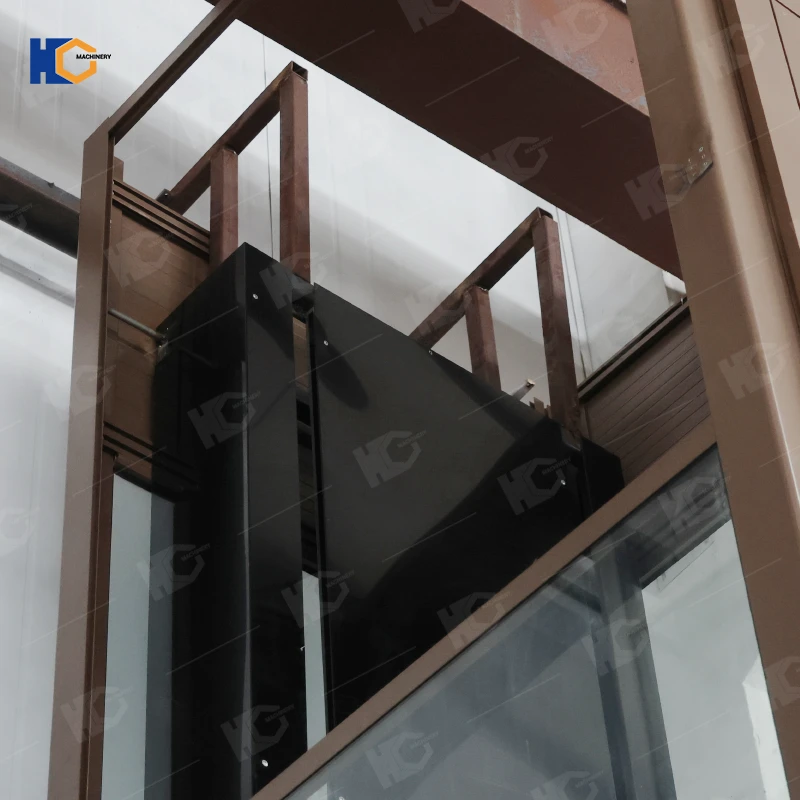
Why Many Buyers Source Hydraulic Elevators from China
China has become the world’s largest elevator manufacturing base, producing a wide range of residential and commercial hydraulic elevators.
Reasons to source from Chinese factories:
Competitive factory-direct prices
Wide range of custom designs
Short lead times and stable quality
International export experience with CE, EN81, and ISO certifications
Many well-known brands in Europe, the Middle East, and Africa source private home lifts and hydraulic units directly from Chinese OEM suppliers.
Maintenance Tips for Longer Life
Hydraulic elevators are reliable, but regular care keeps them performing like new:
Check oil levels every few months.
Replace hydraulic fluid every 2–3 years.
Inspect seals and valves for leaks.
Clean the shaft and car regularly.
Schedule annual maintenance with a certified technician.
Final Thoughts
So, how does a hydraulic elevator work?
It’s simple — it uses fluid pressure to lift and gravity to lower.
Hydraulic elevators combine engineering precision with quiet comfort, making them an excellent choice for homes, offices, and low-rise buildings.
If you’re planning to install one, focus on:
The type (holed, hole-less, or roped)
The capacity and height requirements
The supplier’s reliability
A good hydraulic elevator system, especially one sourced from a trusted Chinese factory, can give you years of safe, smooth, and stylish vertical travel.
Key Takeaways
Hydraulic elevators lift using fluid pressure and lower by gravity.
Ideal for low-rise buildings (2–6 floors).
Components: pump unit, cylinder, piston, fluid, and control system.
Advantages: quiet, affordable, reliable.
Source from certified manufacturers for quality and long-term support.
Finally, if you want to choose a small hydraulic home elevator, you should consult and communicate with our experts. You can discuss the hydraulic elevator's functions, dimensions, weight, and other information, and consult the purchase process. After detailed communication, you can get a satisfactory answer.
